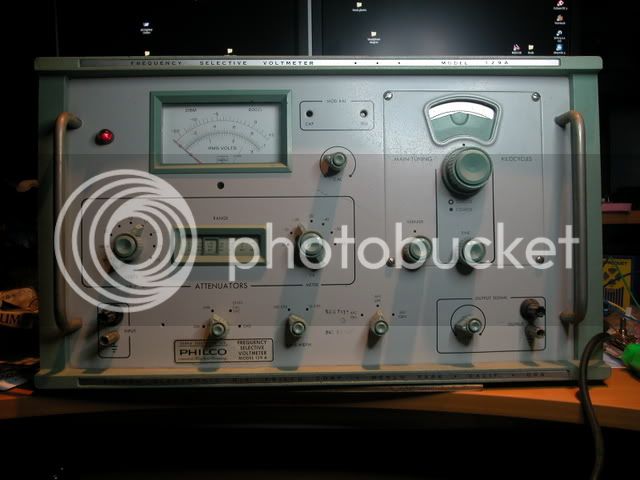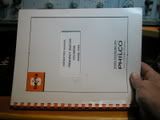Does this mean I can use a multiband radio as a voltmeter?
That is what a signal strength or "S" meter is. The main points about a Freq Selective Voltmeter is that it has the ability to filter the signal with variable bandwidth filters so you can measure power at specific frequencies. Back in the days of analog multiplex carrier systems, you would have a 12 channel group and a group pilot. This would be stacked, or multiplexed, on top of other 12 channel groups. Each vioce channel was 4 KHz wide, and would start at 12KHz. In other words, the first 4KHz wide channel would run from 12KHz to 16KHz. Channel 2 would go from 16KHz up to 20KHz, and so forth. A selective voltmeter would allow you to set the bandwidth to, for instance, 3.6KHz so you could dial up an individule channel and take tone and noise measurements on a single channel instead of reading all the channels at once, which is what a "flat" unfiltered voltmeter would do. Also, the selective voltmeter was calibrated so you could measuse levels to make sure they were correct.
Since virtually all telco transmission has gone from analog to digital, this equipment is obsolete, and a spectrum analyzer is now used to look at levels from modems. Individule channels can be broken out and looked at with a T1 test set to look at different time slots, the equivalent of the 4 KHz voice channel of the old analog carrier system.
The Philco/ Sierra stuff is built like a tank. I scrapped an old model 128 a few years back, and the tuning capacitor was in a cast housing with a fancy gear reduction system. They were very good back in their time, but less expensive than the stuff HP made.



































